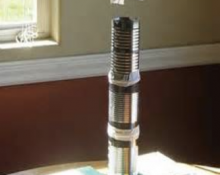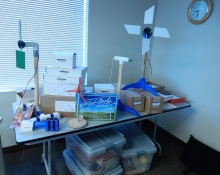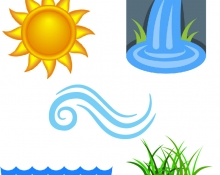Sato Elementary
Completed in Summer of 2017, this 76.2 kW roof top solar photovoltaic system generates about 91,000 kWh of clean, renewable energy each year. A total of 269 high efficiency panels provide the equivalent to powering 7 average US homes per year. Beaverton School District is commited to sustainability, renewable energy, and energy and resource conservation education for its students, staff, and community. Electricty... Read full project narrative >>






